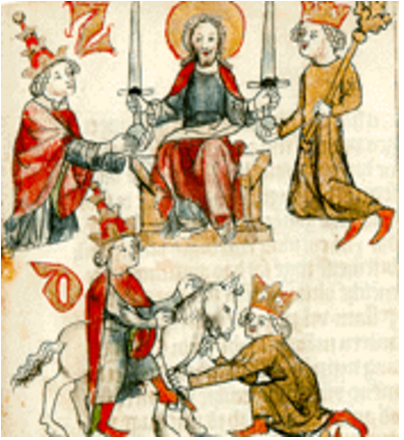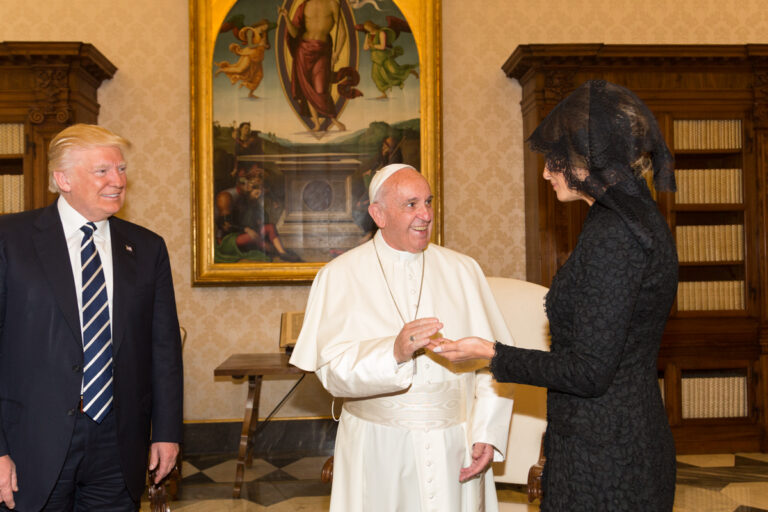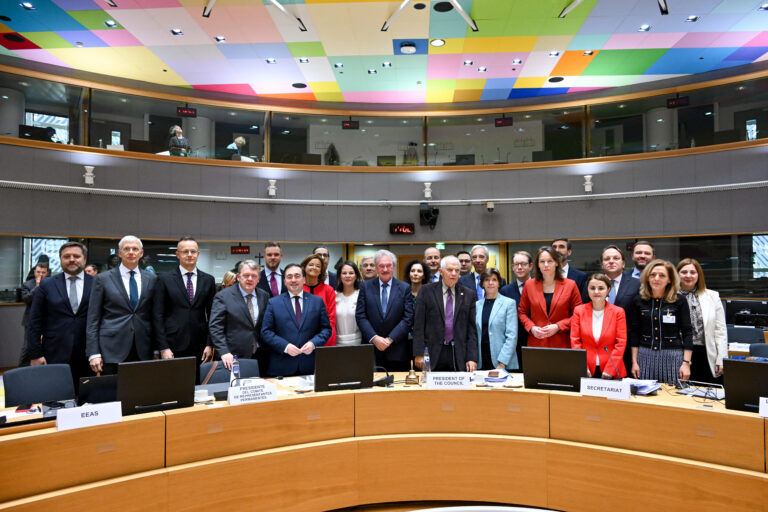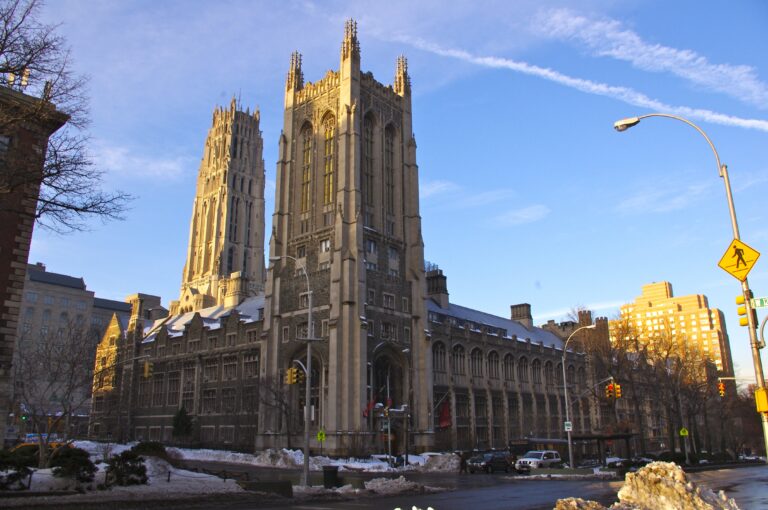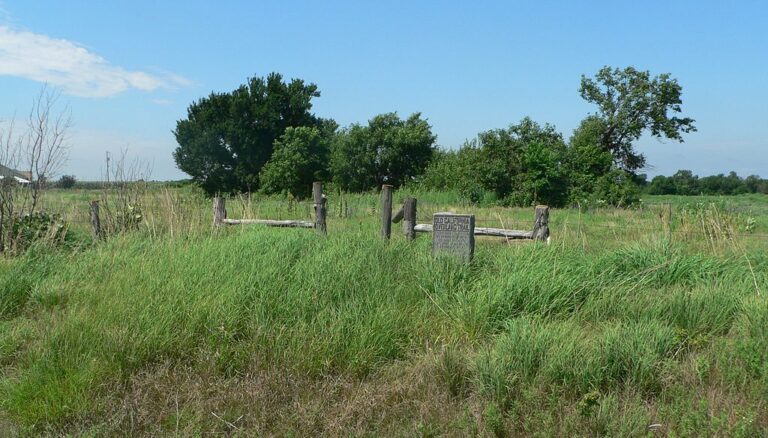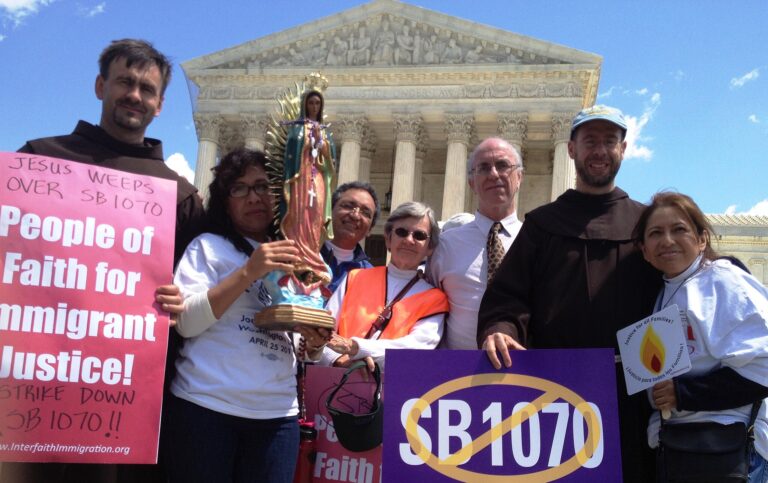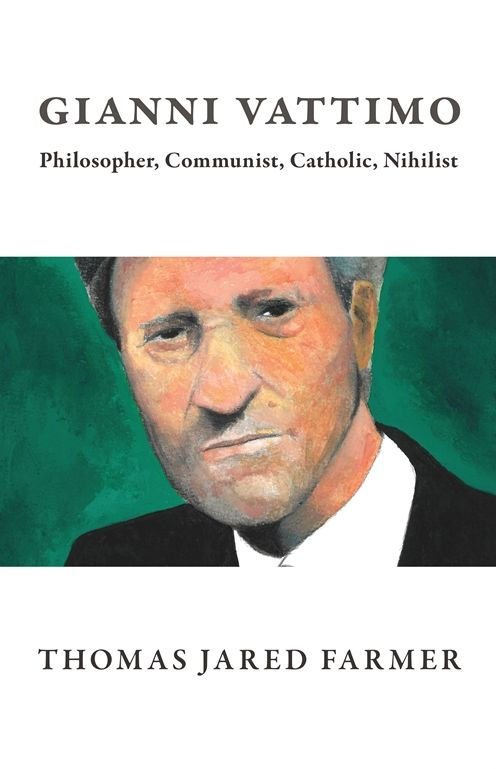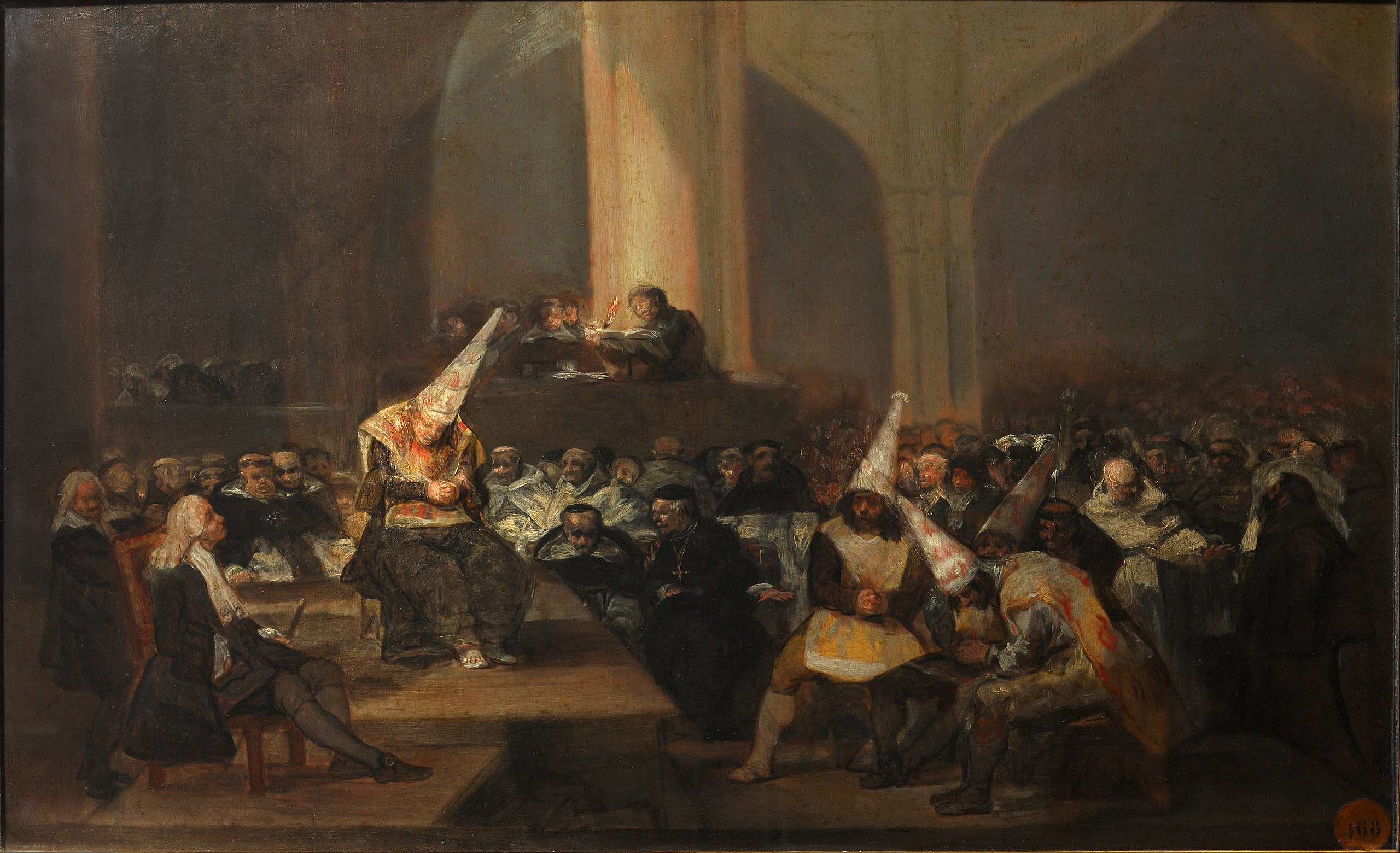
More a Church than a Crown? The Spanish Inquisition and Las Casas’s Legal Thought
Matthew Cavedon
The Inquisition Tribunal by Francisco Goya (PD-Art).
Bartolomé de Las Casas (c.1484–1566)—the first Catholic bishop of the Americas—commented on many of the controversies of the Spanish Empire of his day. While he never evaluated the Inquisition in writing, his life intersected with it several times. (Curiously, though Las Casas was possibly descended from conversos, or Jewish converts to Catholicism, this does not appear to have triggered problems for him.) He also helped develop a radical understanding of the role of bishops at the same time as the Crown developed a radical understanding of its role in enforcing religious hegemony. Considering these two moves together is a way to explore church and state in early modernity.
Las Casas interacted with the Inquisition both as a person of interest and as a witness. First, Las Casas may have been denounced to the Inquisition. Although details are unclear, Las Casas expert Helen Rand-Parish believed Juan Gines de Sepúlveda reported Las Casas due to the bishop’s extraordinary advocacy for indigenous rights. Las Casas rejected the King’s authority to create encomiendas, or arrangements subjecting Indian laborers to colonial landowners. Sepúlveda may have contended that in doing so, Las Casas was defying Saint Paul’s admonition to obey worldly authorities. This angle of attack highlights how the Inquisition could be used to enforce political obedience as a religious obligation. Las Casas made it through the incident unscathed, with the only tangible result being the delayed publication of his treatise on royal powers.
The historical record holds more details about Las Casas’s role as an Inquisition witness. The Inquisition investigated Las Casas’s friend Archbishop Bartolomé Carranza de Miranda regarding whether he backed Martin Luther’s position that justification before God happens through faith alone and not works. Las Casas condemned the Lutheran position but believed the inquiry into the Archbishop, which also extended to several other collaborators of Las Casas, to be spurious. Las Casas was the sole witness who testified in Carranza’s defense. This affair also resolved favorably to Las Casas: the pope intervened, ordering the removal of the lead inquisitor and transferring the case to Rome, where proceedings mostly vindicated Carranza.
The Inquisition Las Casas encountered was an unprecedented part of Spanish statecraft. The medieval inquisition in Spain was limited and largely inactive by the 1400s, not least because much of the Iberian Peninsula was still under Muslim control. The Spanish Inquisition was established by King Ferdinand and Queen Isabella (the “Catholic Monarchs”) in the 1470s and 1480s as part of the Reconquista. Unlike in medieval inquisitions, the Crown controlled key personnel appointments. Political concerns were also present from the start. Sometimes, these were reasons for the government to support the Inquisition, such as how it could treat political sedition as religious heresy. Other times, though, royal concerns about not unduly oppressing formerly Jewish and Muslim merchants—and so harming public finances—factored into official thinking.
The Inquisition was an alternate legal system meant to address the emergency situation of Spain’s conversion from a religiously pluralist region to a homogeneous kingdom. Emergencies, as occasions beyond the reach of ordinary law, were a major focus of early twentieth-century German (later, Nazi) legal theorist Carl Schmitt. Schmitt believed the ordinary rule of law cannot exhaust the need for sovereign power to address emergencies and other exceptional situations, so he supported unconstrained rule and dictatorship. His theories are relevant to understanding why the Crown created a legal structure outside the normal one and how its framing of the Reconquista as an enduring political-religious emergency gave the Inquisition ideological backing.
Exceptional though it was, the Inquisition did involve institutions. Owing to its new procedures and jurisdiction, it contributed to the rise of a professional class of canon lawyers. Bureaucracy, education, and legal professionalization were intertwined, as noted by Max Weber. Although the Inquisition did not develop its own system of incarceration, its autos de fe of ceremonial repentance, humiliation, and even execution were spectacles of public punishment important to sociological history. Less well-known, the Inquisition also built pretrial holding facilities, thereby contributing to incarceration history as well. Though these institutional aspects of the Inquisition were largely controlled by the state, the Inquisition continued to draw ideological support from Catholicism. Religion maintained a role even as the state monopolized the means of coercive power.
At the same time, the Inquisition also maintained some distance from the Church. Catholic bishops were beyond the Inquisition’s jurisdiction. Of particular interest to Las Casas, the Inquisition also lacked jurisdiction over Indians. They were considered too new to the faith to fully understand their religious obligations and were instead supervised by bishops’ tribunals.
Navigating ambiguities in the Church’s position within the Empire became key for Las Casas. Early in his advocacy for Indians, he appealed to the Crown as its humble servant, emphasizing bishops’ role as partners in managing colonial affairs. When this approach failed to advance his protective goals, Las Casas embraced a new understanding of bishops as prophetic pastors. Instead of serving the powers that be, the role of a shepherd of the Church was to guard his flock against worldly tyrannies. Las Casas thus insisted on the exclusive jurisdiction of Church courts to try cases involving Indians and other vulnerable people.
The Crown saw the Inquisition as another arm of the state. One contemporary even described Spain as “more of a Church than a Crown, and her kings more protectors of the faith than sovereigns.” The early Spanish state sought to displace and appropriate traditional Church functions. By contrast, Las Casas saw the Church as distinct from the Empire and holding a divine mandate to enforce justice for the oppressed. The Crown’s failure to do so pushed him to support greater Church independence—a model for prophetic witness that continues to inspire Latin American Catholicism today. Twentieth-century theologian Hans Urs von Balthasar suggested that throughout modern history, Catholics perceived more sharply the “worldliness of the world” and the creature’s “ever-greater contrast before the ever-greater God.” In light of this, the contrast between the political position taken by the Spanish Crown and a prophetic one for the Church reflected one of the secularizing shifts defining modernity.
Loosely adapted from a presentation given remotely to the Fifth International Conference on Bartolomé de las Casas: From the Indies to Seville—Las Casas and the Renovation of Humanism. Research for this essay was supported by the McDonald Agape Foundation and the Center for Religion, Culture, and Democracy.
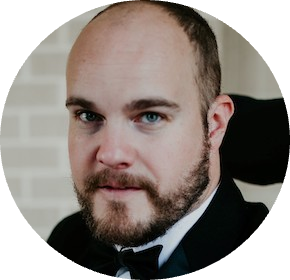
Matthew P. Cavedon is the Robert Pool Fellow in Law and Religion at the Emory University School of Law. He is the author of From the Pope’s Hand to Indigenous Lands: Alexander VI in Spanish Imperialism (2024).
Recommended Citation
Cavedon, Matthew P. “More a Church than a Crown? The Spanish Inquisition and Las Casas’s Legal Thought” Canopy Forum, July 17 2025. https://canopyforum.org/2025/07/17/more-a-church-than-a-crown-the-spanish-inquisition-and-las-casass-legal-thought/.
Recent Posts


